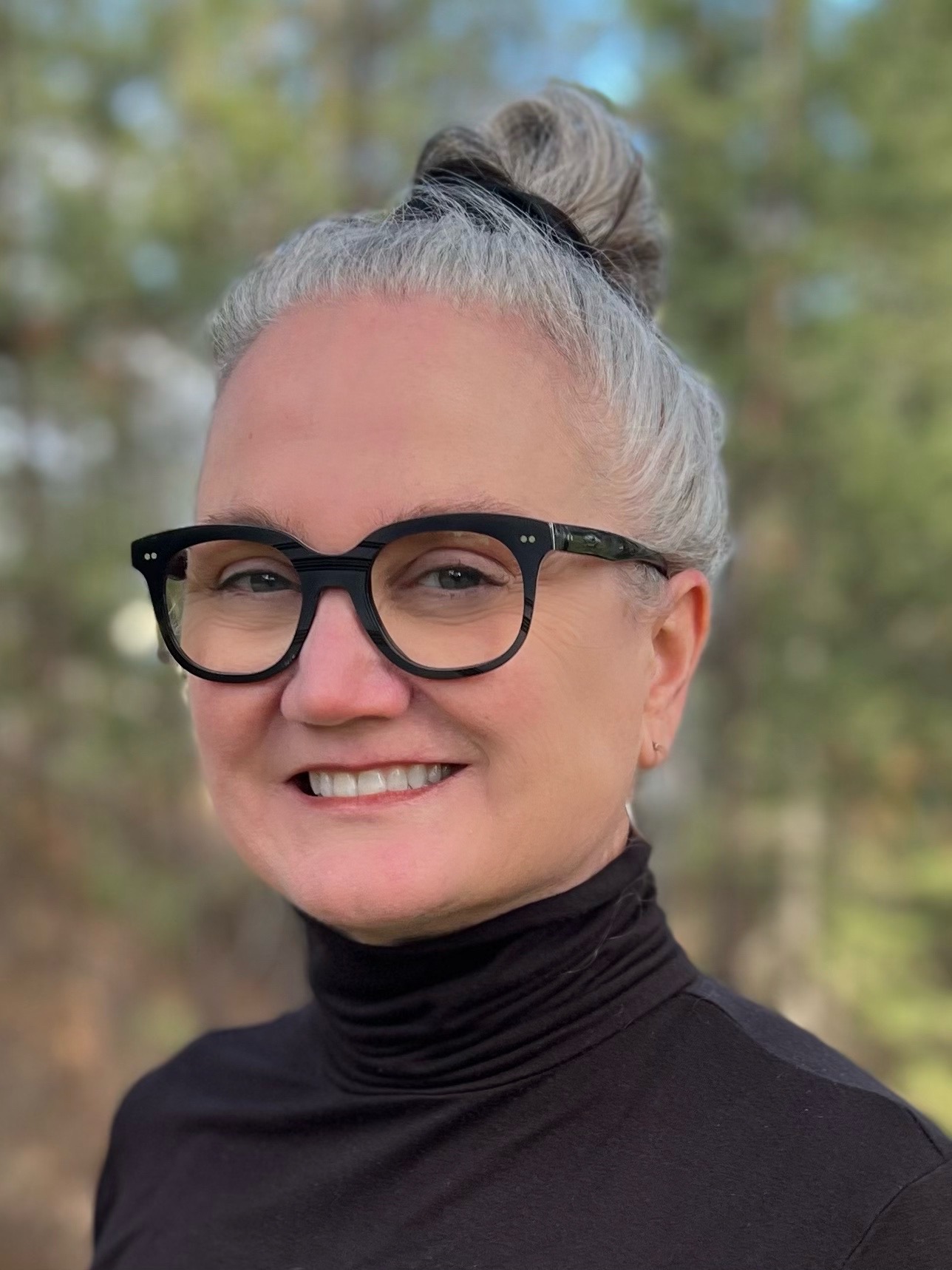
I did it! I completed the Provincial Instructor Diploma at VCC!! What a fantastic learning and growth experience these past few years have been. I feel like I am ‘living the dream’ because I have a clinical position in an OMS practice, and I recently accepted a position as a substitute instructor in the Dental Assisting program at Okanagan College! To me, professional practice is about being authentic, relatable, and creating a legacy.
The final Capstone Project in the PIDP asked me to reflect on my instructional goals, and encouraged me to remain a reflective practitioner (there is A LOT of reflecting in this program). Reflection can be done in many ways, and this post paraphrases my final project. Have I addressed the diverse learning styles of my students? Have I applied the principles of Bloom’s Taxonomy to encourage higher forms of critical thinking? Are some learners better at retaining theory (cognitive)? Do others prefer a hands-on approach to learning (psychomotor), or do they learn best by how a lesson makes them feel (affective)? I believe that a combination of all three learning domains is the key to active learning.
My greatest ‘aha’ in the PIDP moment was the realization that it does not matter how well I know my subject, although this is extremely important. I discovered that what matters most is how well I can convey my knowledge, skills, and attitudes to my learners.
Learning how adults learn is key. Initially, I thought I was a behaviourist because dentistry is a vocation that requires strict knowledge and skills: pedagogy; an ‘I teach, you learn’ approach. However, the assigned readings introduced me to Carl Rogers’, Freedom to Learn (1969), and Malcolm Knowles’, The Adult Learner (1973 & 2015), and to the humanistic learning theory which focuses on a student-centred approach to learning: andragogy. I discovered that I can do this! I HAVE been doing this throughout my career as a dental assistant, and now I can articulate and improve upon how to teach adults:
– Value: Do learners know WHY something is important?
– Information: Have learners been given all the tools that they will need to learn?
– Relatability: What knowledge or understanding do students already possess?
– Readiness: What will motivate students to learn?
– Reflection: Have students been given the opportunity to critically reflect and act on what they are learning?
I elected to take the PIDP to become an educator, and it has exceeded my expectations, and I can see the value in what I have learned because I feel more confident as an instructor. Thank you, Provincial Instructor Diploma Program. Thank you, Vancouver Community College. Thank you, Jenny Leong (Program Assistant), and thank you to my instructors, Glenn Galy, Jacquie Harris, Bob Aitken, Jeff May, Brian Cassell, Alison Dewhurst, and Karen Brooke 🙂
Bloom’s Taxonomy Link:
Clark, D. (2015, January 12). Bloom’s Taxonomy of Learning Domains. Big Dog’s & Little Dog’s Performance Juxtaposition. Retrieved from http://www.nwlink.com/~donclark/hrd/bloom.html
References:
Knowles, M. S. (1973). The Adult Learner. San Francisco: Jossey-Bass.
Knowles, M. S., Holton lll, E. F., Swanson, R. A. (2015). The Adult Learner: The Definitive Classic in Adult Education and Human Resource Development (8thed.). New York: Routledge.
Rogers, C. (1969). Freedom to Learn. Columbus: Charles E. Merrill.

One response to “Exit PIDP”
Good job, I just started.
LikeLike